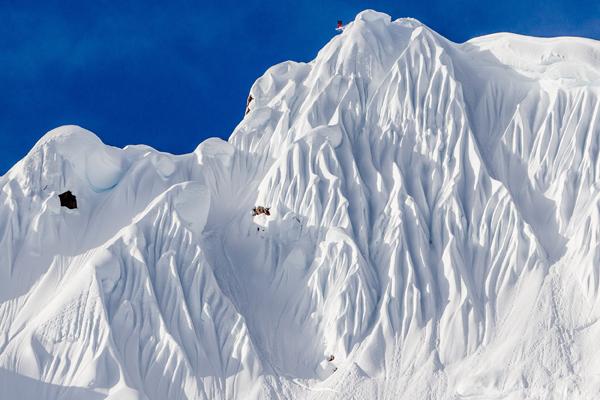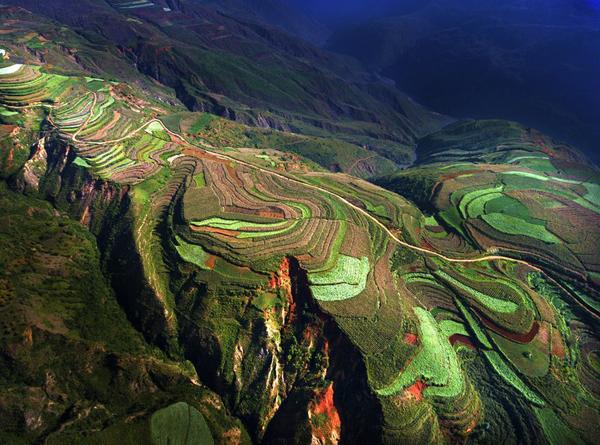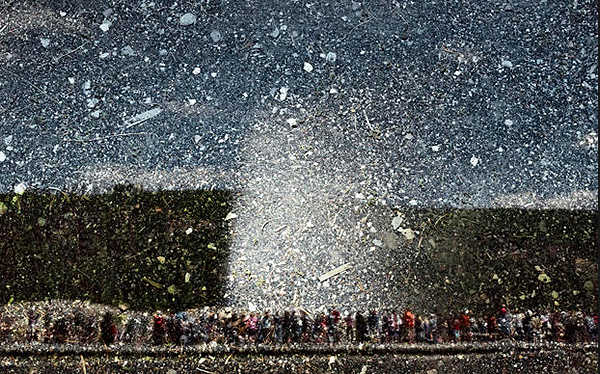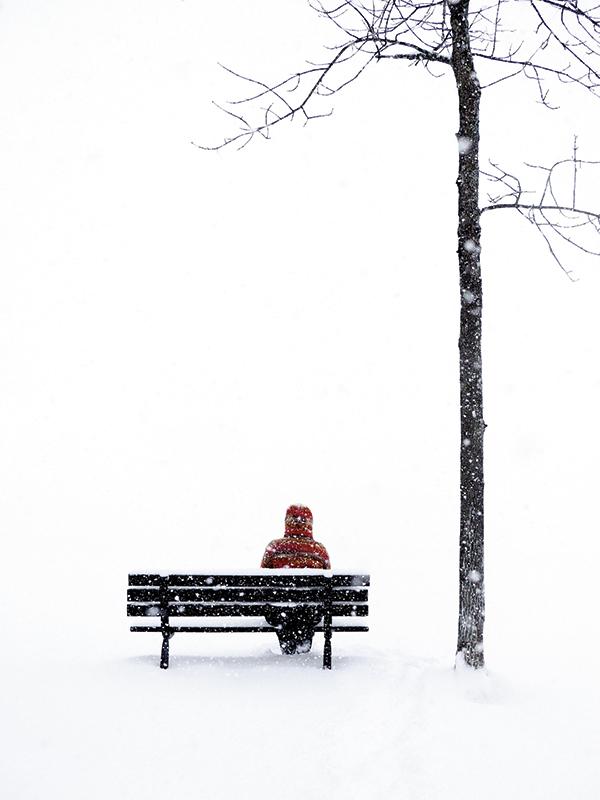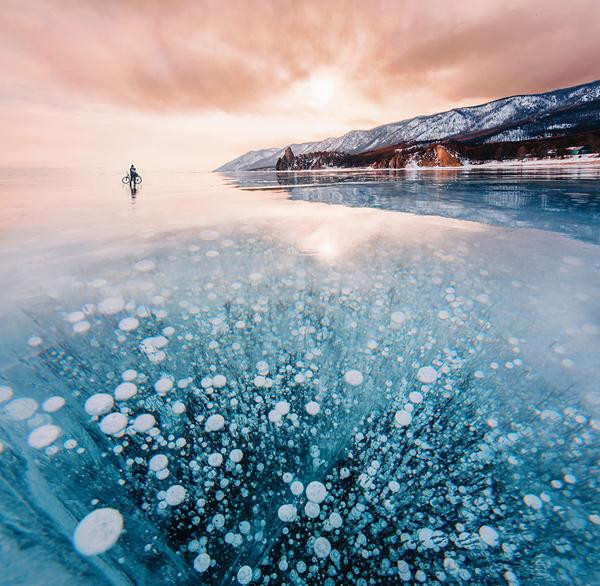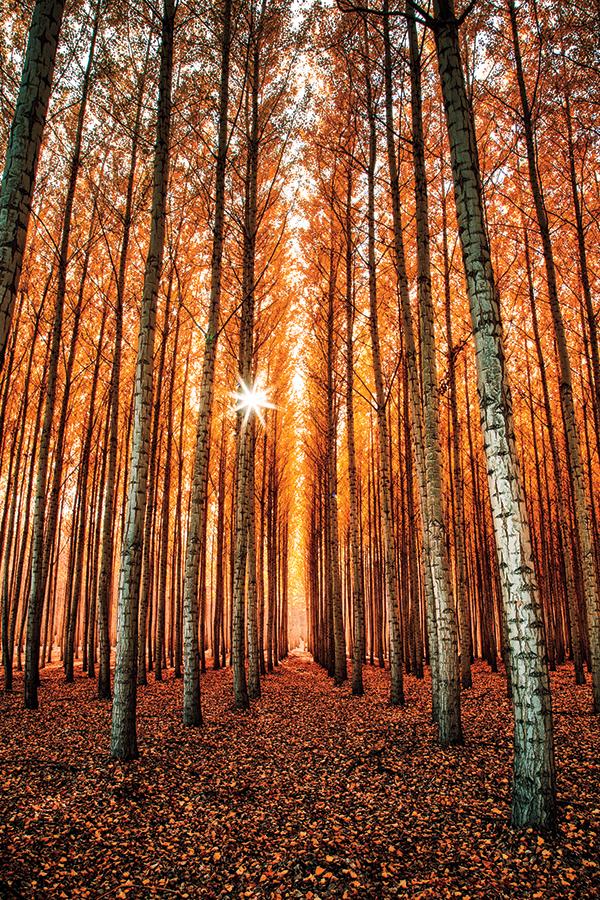Outdoor Photography How To
Sort By: Post Date TitlePublish Date
|
Feb 03, 2017
|
Jan 27, 2017
|
Jan 27, 2017
|
Jan 26, 2017
|
Jan 25, 2017
|
Jan 24, 2017
|
Jan 24, 2017
|
Jan 24, 2017
|
Jan 20, 2017
|
Jan 18, 2017
|
Jan 18, 2017
|
Jan 17, 2017
|
Jan 17, 2017
|
Jan 13, 2017



